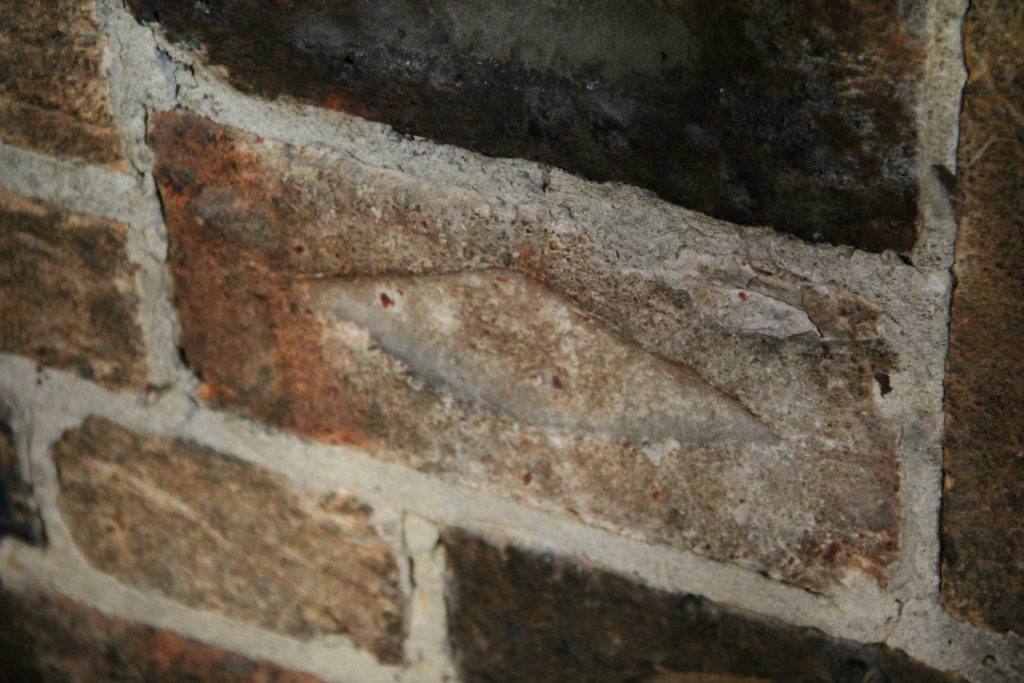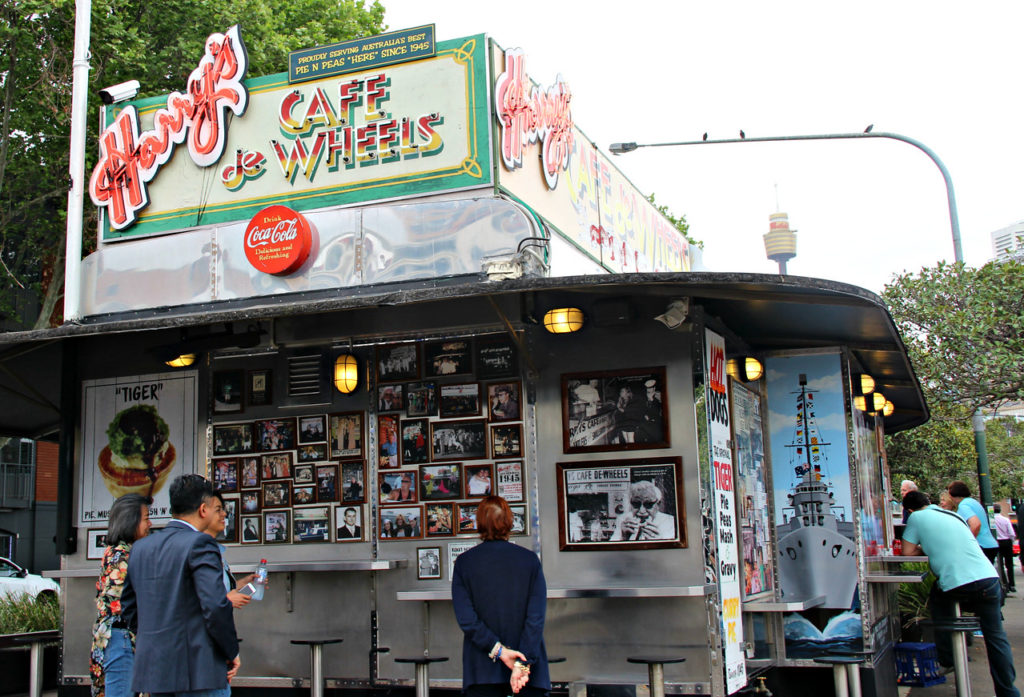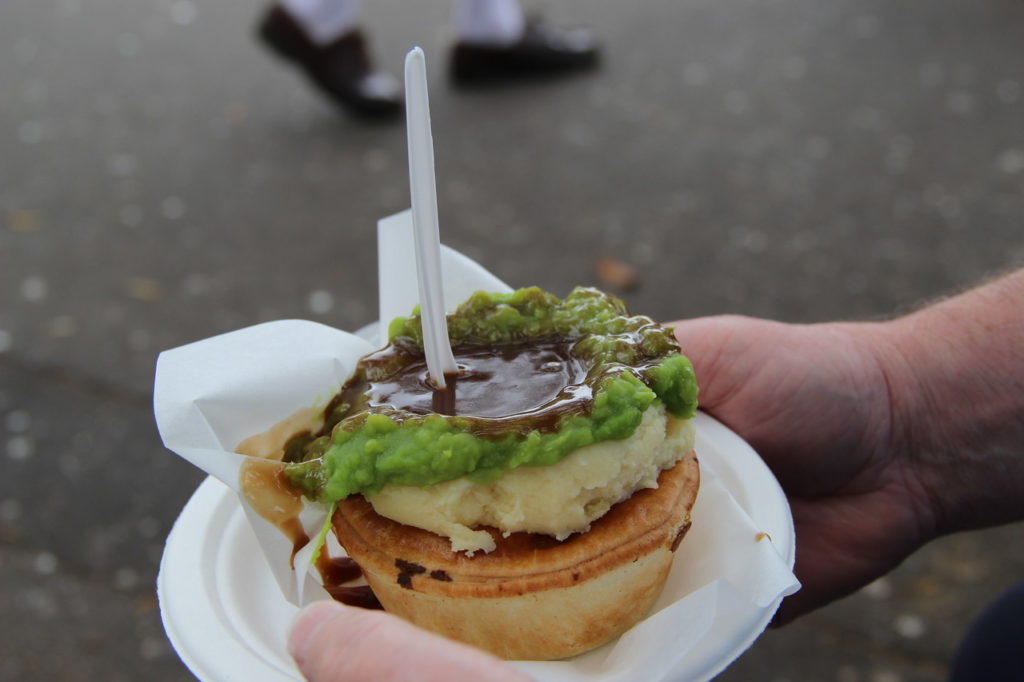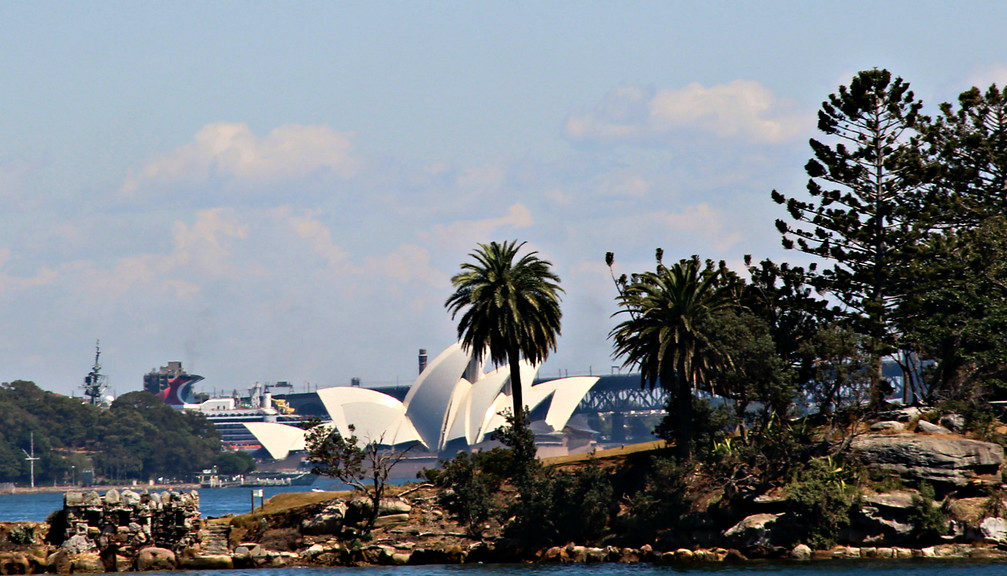
Sydney
The iconic tourist destinations in Sydney are the Sydney Harbor Bridge and the Sydney Opera House. They were both within walking distance of our hotel and we had a beautiful day to see them. The bridge is built of 53,000 tons of steel and at its highest point, is about 440 feet above the harbor. Construction began in 1924 and the bridge opened in 1932. Eight hundred families’ homes were demolished to make room for the bridge. Presently, the bridge has eight traffic lanes and two railway lines. There are also lanes for bicyclists and walkers. It is estimated that 180,000 vehicles cross the bridge daily. The Sydney Harbor Tunnel was built to relieve some of the heavy traffic and an additional 90,000 vehicles use the tunnel. My pictures of the bridge were taken from the harbor, the Sydney Opera House, a restaurant near the transportation center and as we were about to cross the bridge via bus.
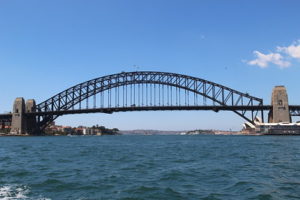
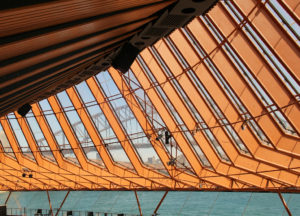
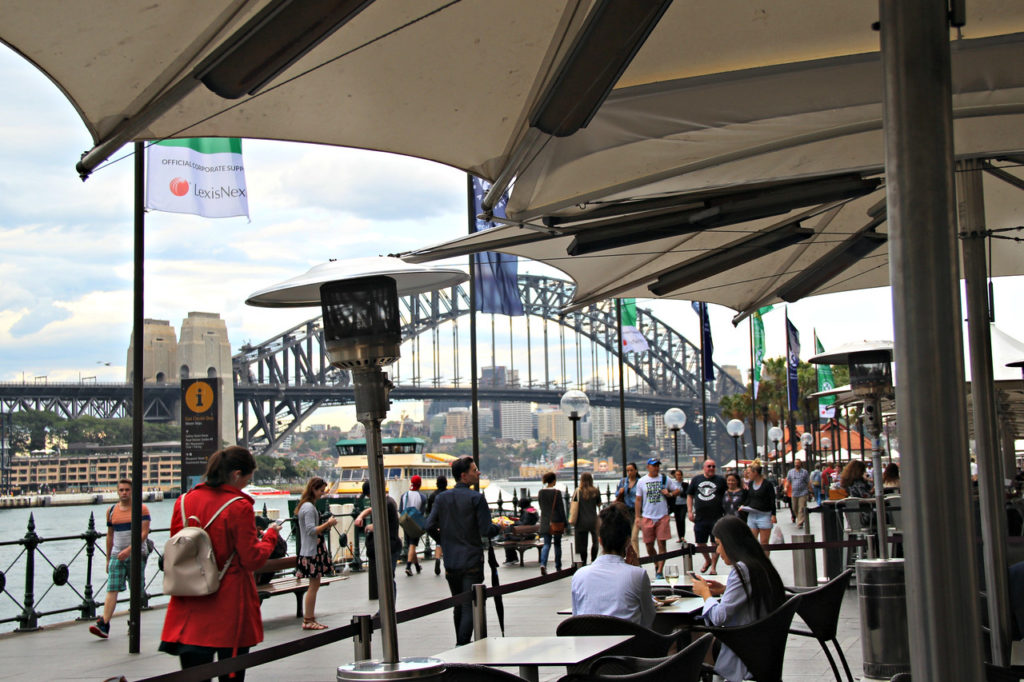
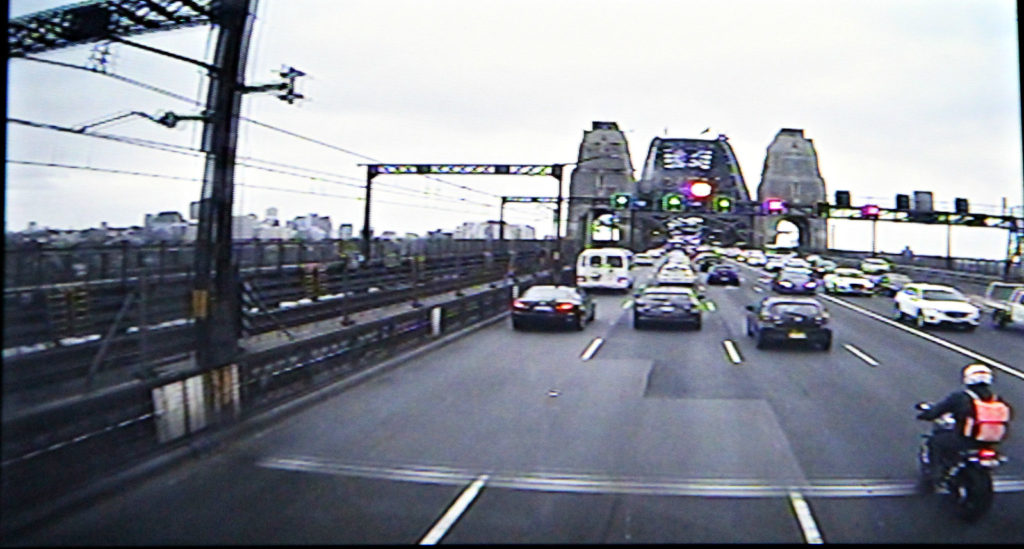
The Sydney Opera House was just a short walk from where we first viewed the bridge. The design of the Sydney Opera House was selected from a competition held in 1956. There were over 200 entries from 32 different countries. The winning architect was Jorn Utzon from Denmark. The competition called for concept designs. Construction began in 1957 before the design of the shells was complete. Design and construction occurred almost simultaneously with the construction documents being completed just before the different phases of construction. The design of the shell was an engineering challenge and took Utzon four years to solve. There was a new state government in place in 1965 and the new leadership and Utzon argued. The government withheld payments from Utzon in 1966 resulting in him leaving the project. New architects were appointed and construction was completed in 1973. There was ultimately a reconciliation between Utzon and government officials (although not until 1999) and Utzon submitted a Design Principles Booklet that guides future renovations to the opera house.
The Sydney Opera House is located at Bennelong Point in the Sydney Harbor. The shell is designed to look like sails and is comprised of over one million tiles that reflect the sunlight. Glass walls face the harbor. There are several venues inside the opera house for performances including a concert hall, opera and drama theaters, a playhouse and a studio. While we could not take pictures inside these venues, I have included interior pictures that were taken outside of the venues. Unfortunately, there was not a performance at the opera house while we were in Sydney. Past travelers have said this is something you should definitely take advantage of if the opportunity is there!
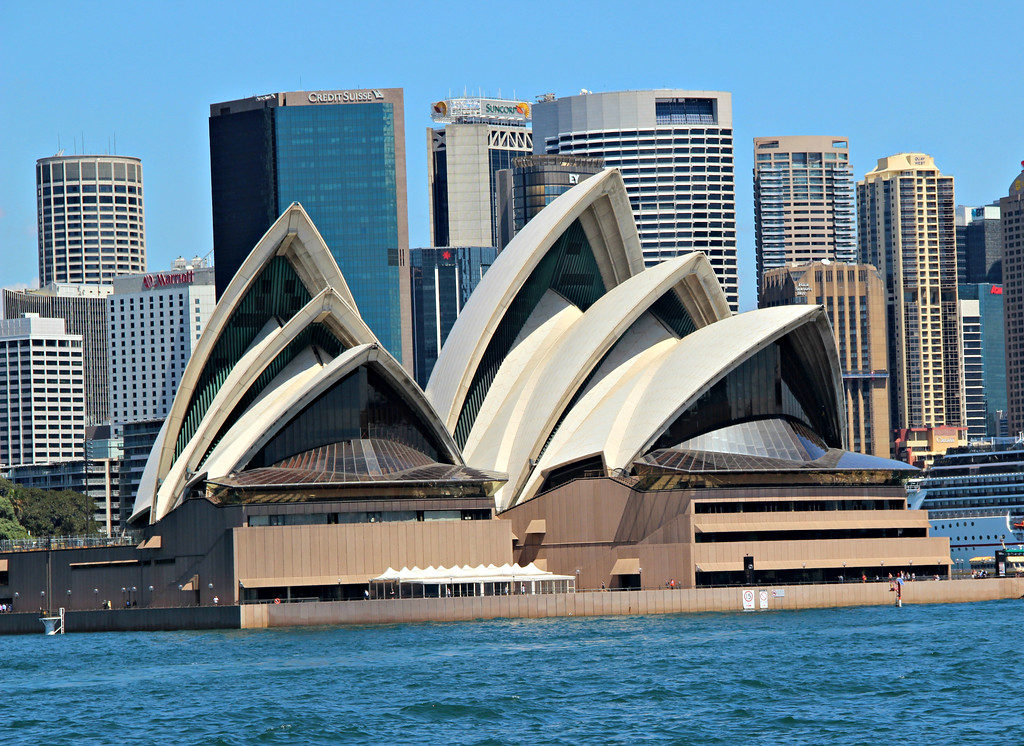

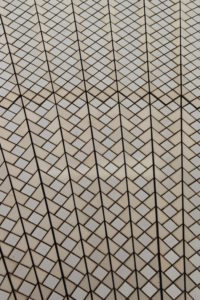
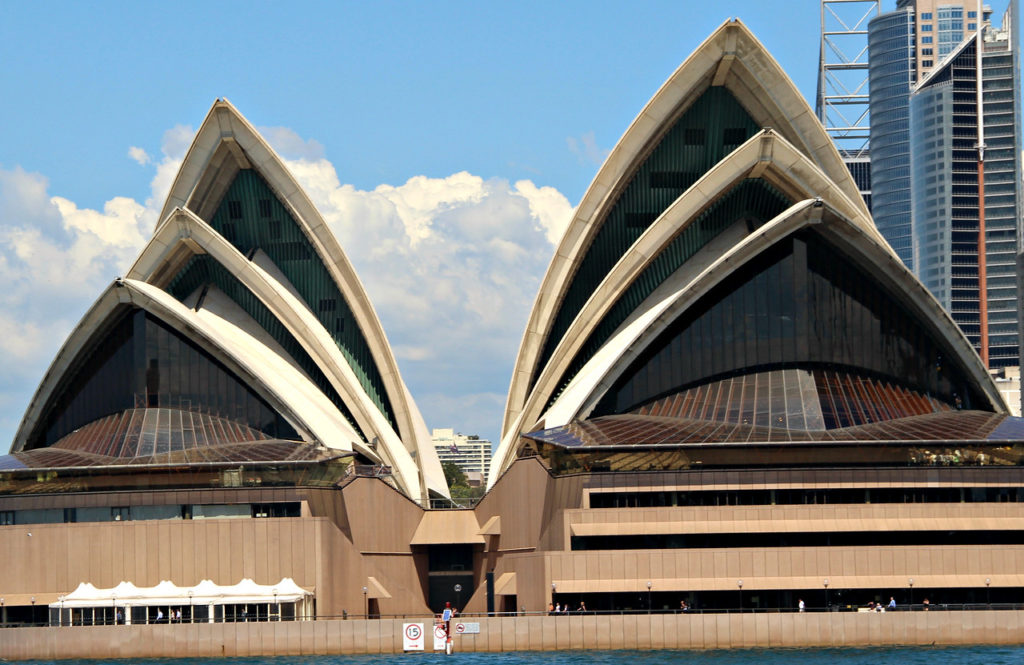

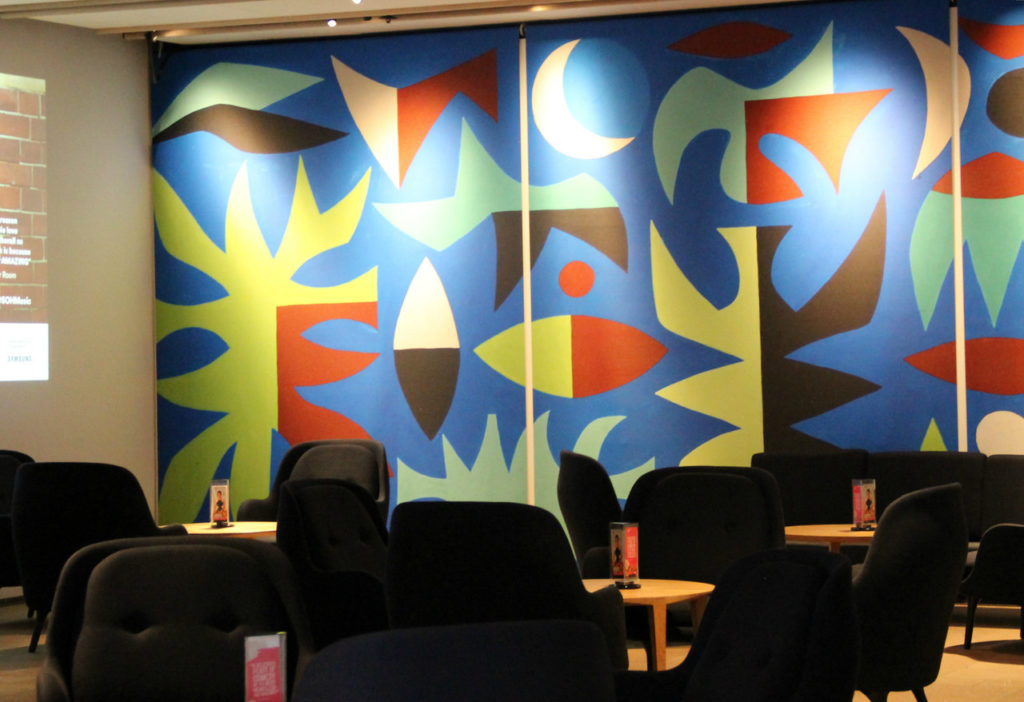

After touring the Sydney Opera House, we also took a harbor cruise – the pictures below are two that I took during the cruise.
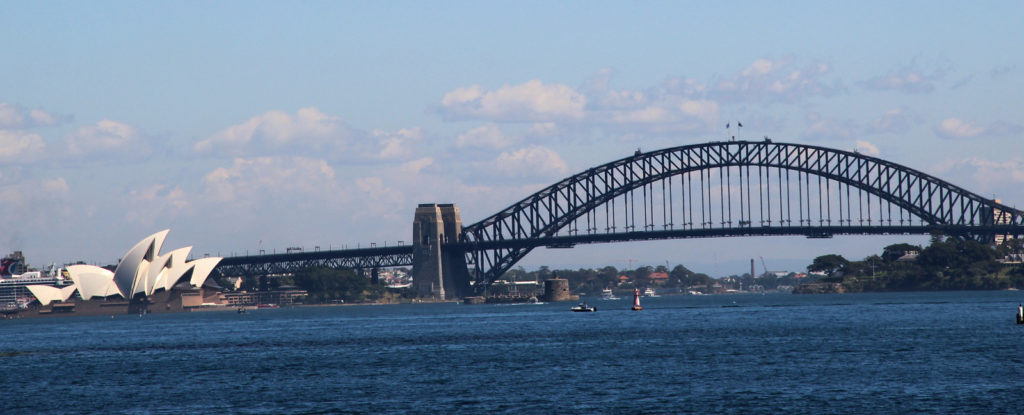
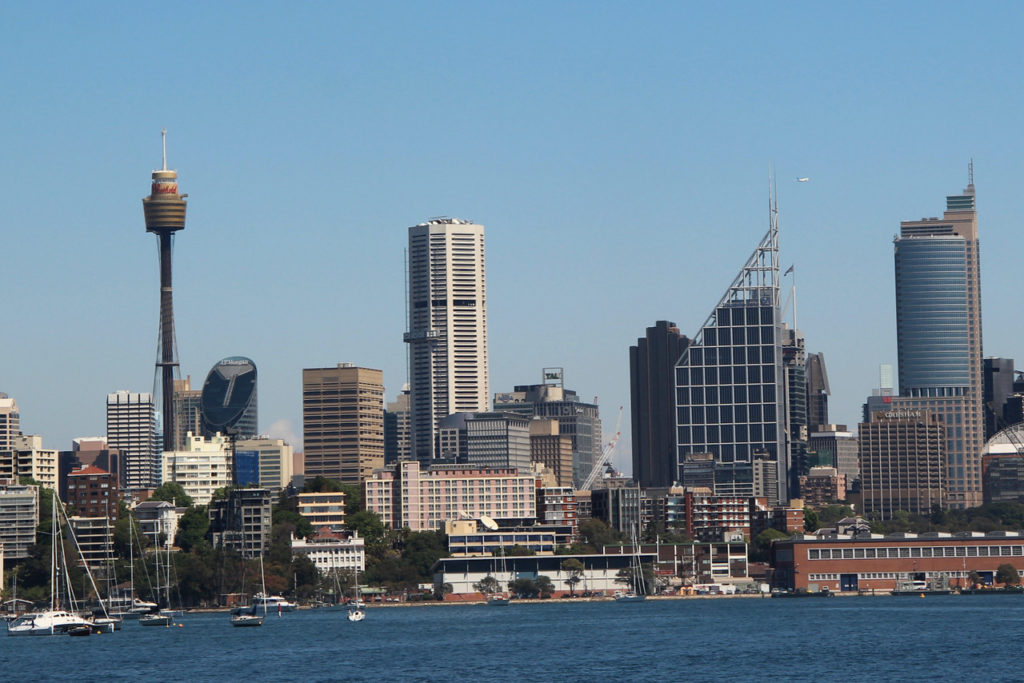
We also visited the Featherdale Wildlife Park where approximately 1,700 animals and birds native to Australia live – including some that are endangered. There were a few open areas where we could feed wallabies. Some of the animals we saw are pictured below: a golden pheasant (wallaby in background), a southern cassowary, a wombat, a koala, and kangaroos.


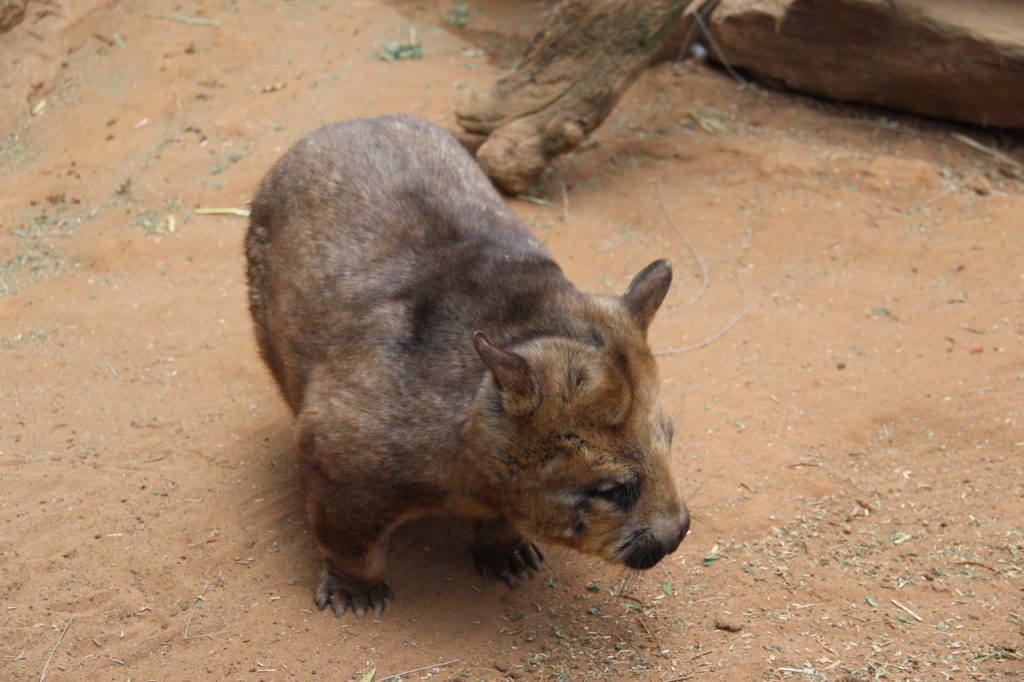
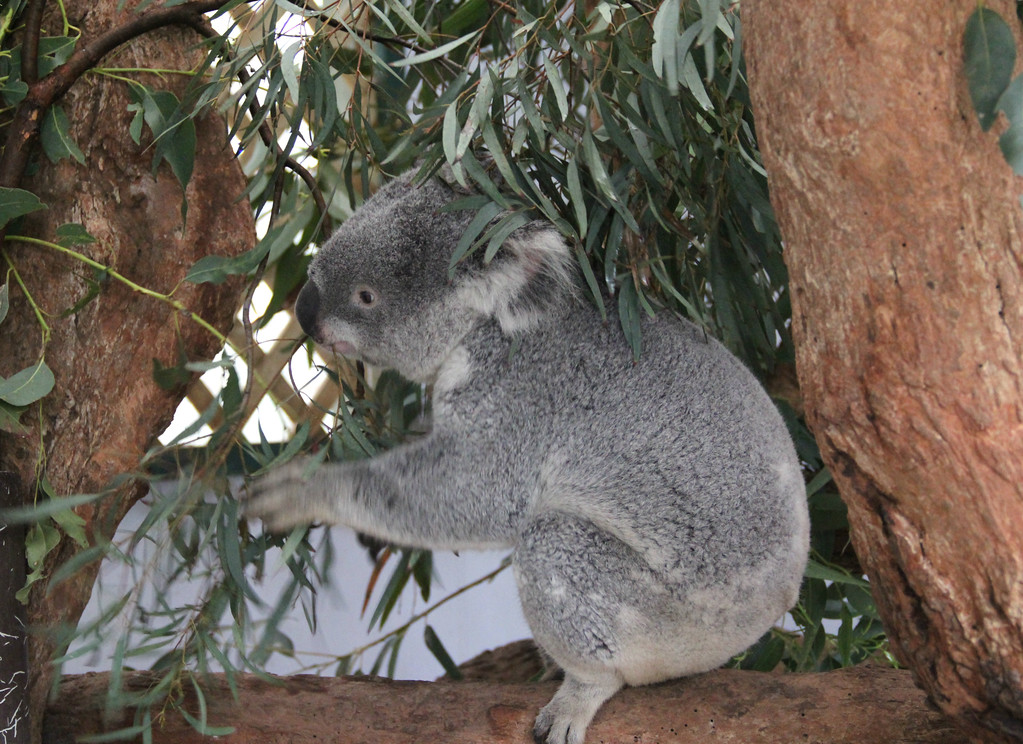
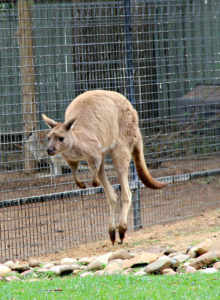
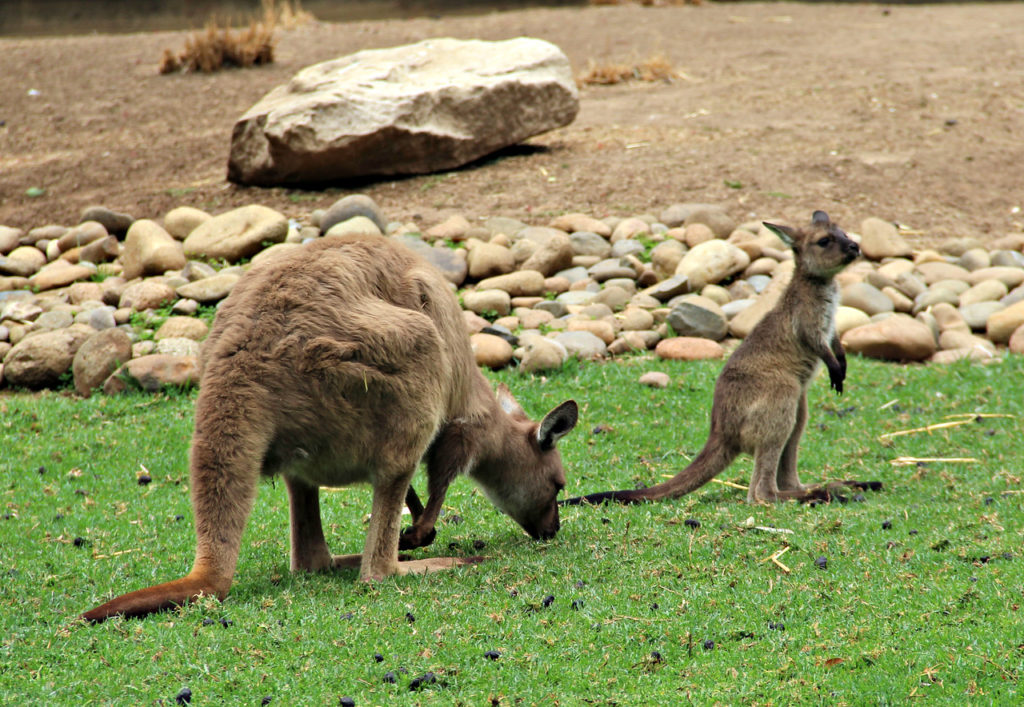
Finally, we took a “foodie tour” in Sydney. Among the places we visited was the Sydney Fish Market. The fish market sells to wholesalers through an auction system and also directly to the public. The Sydney Fish Market website indicates that 150 to 200 buyers attend the auction daily and that 50 tons of seafood are purchased daily.
We also stopped at the bar in the Old Fitzroy Hotel, located in Woolloomooloo, just outside of Sydney. We enjoyed samples of a few beers – but what was really interesting was their bar. The front of the bar was made of bricks, some of which had been made by convicts transported from England. The convicts were some of the first European settlers in Australia. They made a symbol in the bricks they made because they were paid for these – the symbol indicated which convict would be paid for the brick.
Another stop with an interesting history was Harry’s Cafe de Wheels. It got its start as “Harry’s” in the 1930’s when Harry Edwards opened the cafe near the navy yard and sold “pies and peas.” It closed while Harry served in World War II. Upon his return, he reopened his cafe and renamed it Harry’s Cafe de Wheels as the City Council required that mobile food caravans move at least 12 inches a day. He operated the cafe for another 30 years before selling it and during that time, welcomed many celebrities including Colonel Sanders, Elton John and Frank Sinatra. Pictures of many of these celebrities hang outside the cafe. Its signature dish, Harry’s Tiger, is a pie with beef, mash potatoes, “mushy” peas and gravy.


